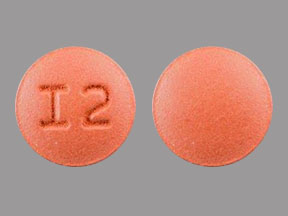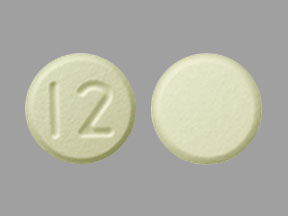Pill Identifier
This tool only contains pills approved by the FDA. If your pill does not have imprint or the imprint is not found, it could be a vitamin, supplement, illegal drug or from a country out of the U.S.
I2 Pill – yellow round, 10mm
Pill with imprint I2 is Yellow, Round and has been identified as Quetiapine Fumarate Extended-Release 200 mg. It is supplied by Accord Healthcare Inc.
Quetiapine is used in the treatment of bipolar disorder; schizoaffective disorder; schizophrenia; depression; major depressive disorder and belongs to the drug class atypical antipsychotics. Risk cannot be ruled out during pregnancy. Quetiapine 200 mg is not a controlled substance under the Controlled Substances Act (CSA).
Images for I2
Quetiapine Fumarate Extended-Release
Imprint I2 Strength 200 mg Color Yellow Size 10.00 mm Shape Round Availability Prescription only Drug Class Atypical antipsychotics Pregnancy Category C – Risk cannot be ruled out CSA Schedule Not a controlled drug Labeler / Supplier Accord Healthcare Inc. National Drug Code (NDC) 16729-0095 Inactive Ingredients lactose monohydrate, sodium chloride, povidone k30, magnesium silicate, magnesium stearate, hypromellose 2910 (6 mPa.s), polyethylene glycol 400, titanium dioxide, hypromellose 2208 (4000 mPa.s), ferric oxide yellow
Note: Inactive ingredients may vary.
Related images for “I2”
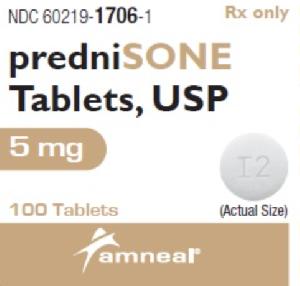
More about quetiapine
- Check interactions
- Compare alternatives
- Pricing & coupons
- Reviews (2,079)
- Drug images
- Side effects
- Dosage information
- Patient tips
- During pregnancy
- Support group
- Drug class: atypical antipsychotics
- Breastfeeding
- En español
Patient resources
- Drug Information
- Quetiapine (Advanced Reading)
- Quetiapine Extended-Release Tablets
- Quetiapine Tablets
Other brands
Professional resources
Related treatment guides
- Borderline Personality Disorder
- Bipolar Disorder
- Generalized Anxiety Disorder
- Depression
Further information
Always consult your healthcare provider to ensure the information displayed on this page applies to your personal circumstances.
Drug Status
Availability Prescription only Rx
CSA Schedule* Not a controlled drug N/A
Approval History Drug history at FDA
User Reviews & Ratings
7.2 / 10
Drugs.com Mobile Apps
The easiest way to lookup drug information, identify pills, check interactions and set up your own personal medication records. Available for Android and iOS devices.
- About Drugs.com
- Advertising Policy
- Attribution & Citations
- Editorial Policy
- Privacy Policy
- Terms of Use
- Follow Drugs.com on Facebook
- Follow Drugs.com on Twitter
- Follow Drugs.com on Pinterest
- Follow Drugs.com on YouTube
- Subscribe to Drugs.com newsletters
Subscribe to Drugs.com newsletters for the latest medication news, new drug approvals, alerts and updates.
Drugs.com provides accurate and independent information on more than 24,000 prescription drugs, over-the-counter medicines and natural products. This material is provided for educational purposes only and is not intended for medical advice, diagnosis or treatment. Data sources include IBM Watson Micromedex (updated 6 Jan 2023), Cerner Multum™ (updated 23 Jan 2023), ASHP (updated 11 Jan 2023) and others.
Pill Identifier
Enter the exact text that appears on each side of your pill (include spaces or slashes).
Example:

AD or 30
can go in either text field
This tool only contains pills approved by the FDA. If your pill does not have imprint or the imprint is not found, it could be a vitamin, supplement, illegal drug or from a country out of the U.S.
Enter the exact text that appears on each side of your pill (include spaces or slashes).
Example:
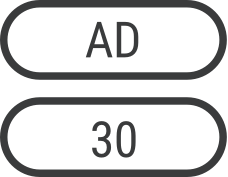
AD or 30
can go in either text field
This tool only contains pills approved by the FDA. If your pill does not have imprint or the imprint is not found, it could be a vitamin, supplement, illegal drug or from a country out of the U.S.
View Result(s)
Enter the exact text that appears on each side of your pill (include spaces or slashes).
Example:

AD or 30
can go in either text field
This tool only contains pills approved by the FDA. If your pill does not have imprint or the imprint is not found, it could be a vitamin, supplement, illegal drug or from a country out of the U.S.
No Text on Pill?
The display and use of drug information on this site is subject to express terms of use. By continuing to view the drug information, you agree to abide by such terms of use.
Drugs & Medications Resources
Latest Drug News
Commonly Searched Pills
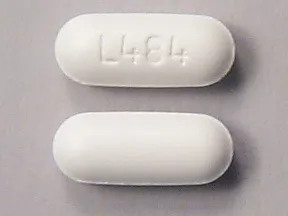
Side 1: L484 Side 2: N/A

Side 1: M367 Side 2: N/A
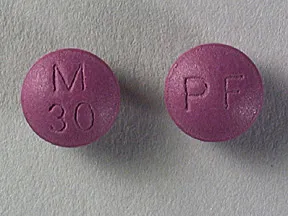
Side 1: M30 Side 2: P F
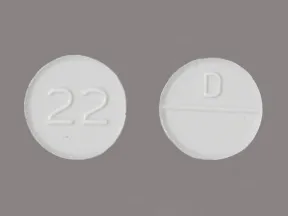
Side 1: 22 Side 2: D
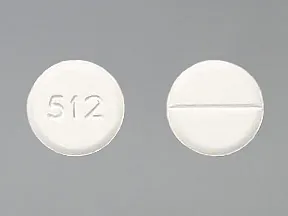
Side 1: 512 Side 2: N/A

Side 1: T259 Side 2: N/A
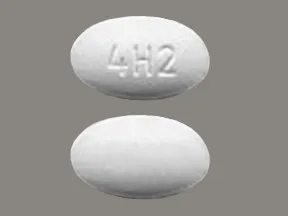
Side 1: 4H2 Side 2: N/A
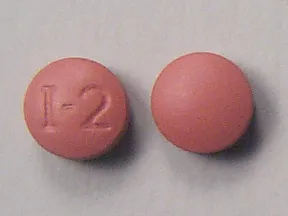
Side 1: I-2 Side 2: N/A
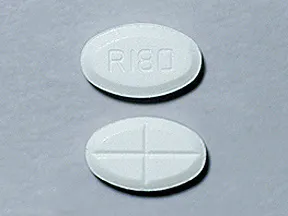
Side 1: R180 Side 2: N/A
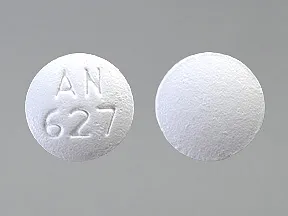
Side 1: AN 627 Side 2: N/A
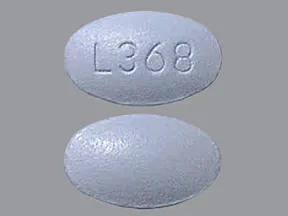
Side 1: L368 Side 2: N/A
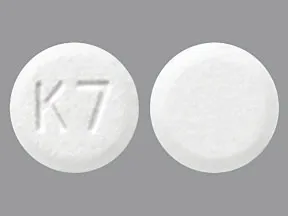
Side 1: K7 Side 2: N/A
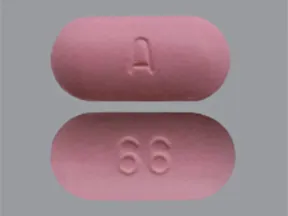
Side 1: A Side 2: 66
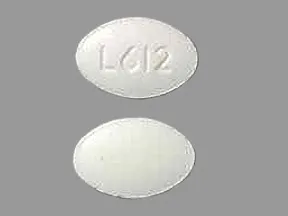
Side 1: L612 Side 2: N/A
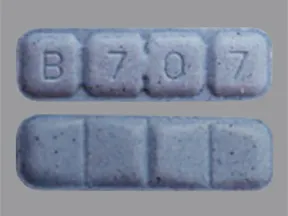
Side 1: B707 Side 2: N/A

Side 1: H49 Side 2: N/A
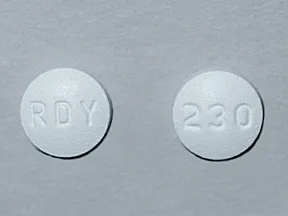
Side 1: RDY Side 2: 230
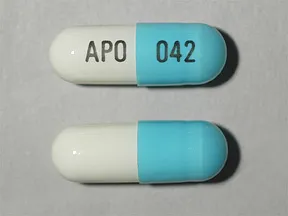
Side 1: APO Side 2: 042
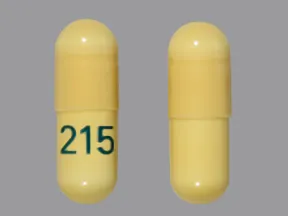
Side 1: 215 Side 2: N/A
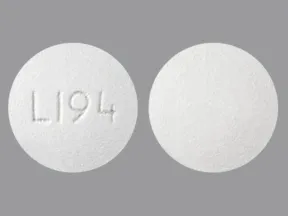
Side 1: L194 Side 2: N/A
How to Identify a Pill
By Evan Starkman Medically Reviewed by Joshua Conrad, PharmD
How Do You Use WebMD’s Pill Identifier?
Found a stray pill in your medicine cabinet? Have a loved one who mixed up a couple of their meds by mistake? There are plenty of reasons you might wonder, “What pill is this?” WebMD’s Pill Identifier can help you put a name to an unknown medication. It identifies prescription and over-the-counter (OTC) meds that you take in solid form by mouth, like tablets and capsules. Simply enter some basic details about the pill, and the Identifier tells you what it might be. It shows you a list of close matches, or it singles out an exact possible match. Each result includes a pill’s picture, its brand and generic names, strength (dose), and other info. The Pill Identifier helps you spot FDA-approved medications only. It doesn’t identify dietary supplements (for example, most vitamins and herbals), illegal drugs, or drugs from outside the United States.
What Are the Ways to Identify a Prescription or OTC Medication?
- The pill’s color
- Its shape
- Its imprint code (the text imprinted on or carved into the pill)
The imprint code is the most important detail, and it’s often the only information you need to narrow your search down to a single result. Since people may interpret the color of a pill differently, sometimes you might find it helpful to remove the color from your search and just enter the imprint code with or without the shape.
These same details can help your pharmacist identify a pill. The pharmacist might also check the pill’s size and coating, and they might look for line-shaped markings on it called scores.
What Do Numbers or Letters on a Pill Mean?
The numbers, letters, or other text that you see on a pill are its “imprint code,” a feature that helps you identify it. The FDA requires most OTC and prescription drug tablets and capsules to have an imprint. This code — combined with the pill’s size, color, and shape — helps you tell it apart from other medications.
A pill’s imprint code can be made up of any single letter or number, or any combination of letters, numbers, marks, or symbols. It might include words, the drugmaker’s name, or other details. Once a drugmaker submits a pill’s imprint code to the FDA, the agency stores it in a database that health care professionals can access.
The FDA encourages drugmakers to include a letter or a number in a drug’s imprint code because those digits can help health care workers identify a pill more easily than a symbol or logo alone, the agency says. Being able to quickly ID a pill can save someone’s life during a medical emergency, like an accidental overdose or drug poisoning, when every second counts.
Still, the FDA does exempt certain approved drugs from needing an imprint. It considers making exemptions for reasons like:
- The physical qualities of the pill make an imprint impossible.
- Health workers give people the pill in a controlled health care setting, like a doctor’s office.
- The drug isn’t meant for a patient to take on their own.
How Do You Find a Pill Imprint Code?
You’ll find the code directly on the pill. Check the front and the back because some drugs have an imprint code on both sides. If you’re using the Pill Identifier to look up a pill that has a code on the front and the back, you can enter the code from both sides into the tool.
Why Do Some Pills Containing the Same Drug Have Different Imprints?
Different imprint codes can help you tell apart one company’s version of a drug from another’s. Drug companies sometimes make the same kind of medicine. They might make it in varying strengths or by using different inactive ingredients.
Different imprint codes can also help you distinguish between higher and lower doses of a drug made by one company.
Also, sometimes multiple generic companies buy the drug from the same manufacturer and put their own packaging on it. But the main ingredient and strength of the pill will be the same.
Can Several Drugs Have the Same Imprint?
Pills can have the same imprint, but each drug’s overall appearance — the combination of their size, shape, color, and imprint — needs to be unique from all other drugs. That way, each one can be correctly identified. For example, several different pills have the imprint code “N” but differences in the combination of their physical features can help you tell them apart.
If you can’t find a match in the Pill Identifier, make sure you’re reading the imprint correctly. For example, a “Z” might look like an “N” if you’re reading it from the wrong angle. The same goes for “6” and “9.” Or try different combinations with characters that look alike, such as “1,” “I” (uppercase i), and “l” (lower case L). Always compare the pill in hand with the image in the Pill Identifier results to confirm that they match, even if the Pill Identifier only gives one result.
What if a Pill Has No Imprint?
There could be a few reasons why a pill doesn’t have an imprint.
For one, it’s possible a pill’s imprint code could wear away over time.
If that’s not what happened, the pill in question might not be an FDA-approved drug. A pill without an imprint code could be a:
- Vitamin
- Supplement
- Illegal drug
- Medication from a foreign country
Still, some FDA-approved drugs are exempted from the agency’s imprint code rule.
Why Do Some Tablets Have a Line in the Middle?
Some pills have a shallow notch cut into the surface of the tablet. The notch is called a “score.” It shows you where you can split or cut a tablet. Some tablets have one score mark. Others have more than one. Some tablets don’t have any score marks, which means it may be unsafe to cut them.
Only split a tablet if your pharmacist or doctor tells you to do it and explains how. They might have you split your pills to change the dose of your medication. Or they might recommend it to help you save money, since certain double-strength tablets cost about as much as lower-dose versions.
If your doctor or pharmacist tells you to split your tablets, ask them if you should use a device called a “tablet splitter” or a “pill cutter.” It can help you make sure you get the correct dose. Still, a tablet splitter isn’t guaranteed to be the right tool for the job, because some pills have a unique size or shape. Check with your doctor or pharmacist first.
Only split the tablet that you’re about to take. Don’t cut them all at once because things like heat, humidity, and moisture can affect split tablets that you keep stored.
If you start taking a different brand of the same medication, ask your doctor or pharmacist if it’s safe to split the new tablet. It might’ve been made differently from your old brand, and if so, there’s a chance it might not be safe to split.
Who Can I Call to Identify a Pill?
If you’ve mixed up your pills and you need to sort them out, your best option is to call your pharmacist. They should be able to look up the pills by their color, shape, and imprint code. They also have access to your medication records to help.
If you think that someone’s taken an overdose or has been accidentally poisoned by an unknown pill, call 911 or contact your local poison center through a toll-free helpline at 800-222-1222.
As a rule, you should never take pills that you find laying around or that haven’t been prescribed to you, even if you identify them. You have no way of knowing what else they’ve come into contact with, if they’ve been tampered with, or if they’ve been stored properly. If needed, see our article on how to dispose of prescription drugs.
FDA: “CFR – Code of Federal Regulations Title 21,” “Best Practices for Tablet Splitting.”
Pharmacy Times: “The Evolution of Imprint Identification.”
npj Digital Medicine: “Fast and accurate medication identification.”
C.S. Mott Children’s Hospital: “Reducing Medication Costs.”
Health Resources & Services Administration: “Poison Centers.”
Which Prescription Drugs Are Commonly Abused
According to the National Institute on Drug Abuse, the three classes of prescription drugs that are often abused include: Opioids used to treat pain Central nervous system (CNS) depressants, such as benzodiazepines (Xanax, Valium, Ativan, Klonopin), used to treat anxiety and sleep disorders Stimulants, such as amphetamine and dextroamphetamine (Adderall) or methylphenidate (Concerta, Daytrana, Methylin, Ritalin) used to treat attention deficit disorder and narcolepsy (a sleep disorder). READ MORE



